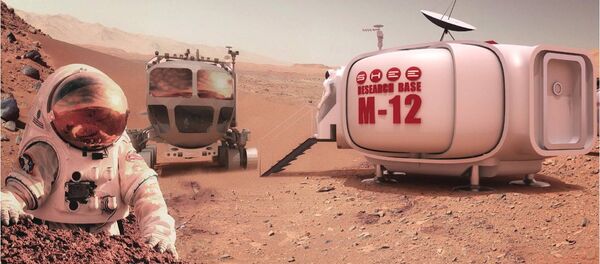These astronauts’ experiences are helping researchers and mission planners better understand how spaceflight affects the human body and mind.
In addition, the space station allows NASA and its partners to develop and test critical technologies in areas such as life support and space-to-ground communications, agency officials said.
Next, NASA aims to gain deep-space experience near the moon on a series of missions over the next decade or so. In one such project a robotic probe will pluck a boulder off a near-Earth asteroid and haul it to lunar orbit, where it can be visited by astronauts in the future.
During the first such astronaut visit, slated for 2015, the astronauts will rendezvous with the asteroid chunk using NASA's Orion crew capsule and Space Launch System (SLS) megarocket.
Sending astronauts to Mars is the third stage of the plan.
NASA currently has two operational Mars rovers (Opportunity and Curiosity) and three functioning orbiters circling the Red Planet — Mars Odyssey, the Mars Reconnaissance Orbiter and MAVEN.
India and Europe also control active Mars orbiters, called Mangalyaan and Mars Express, respectively.
NASA is still working out the details about the journey to Mars. For example, astronauts may stop at one of Mars' two tiny moons, Phobos and Deimos, along the way.
But putting boots on the Red Planet's surface, and setting up a permanent outpost, remains the ultimate goal, Space.com wrote.



